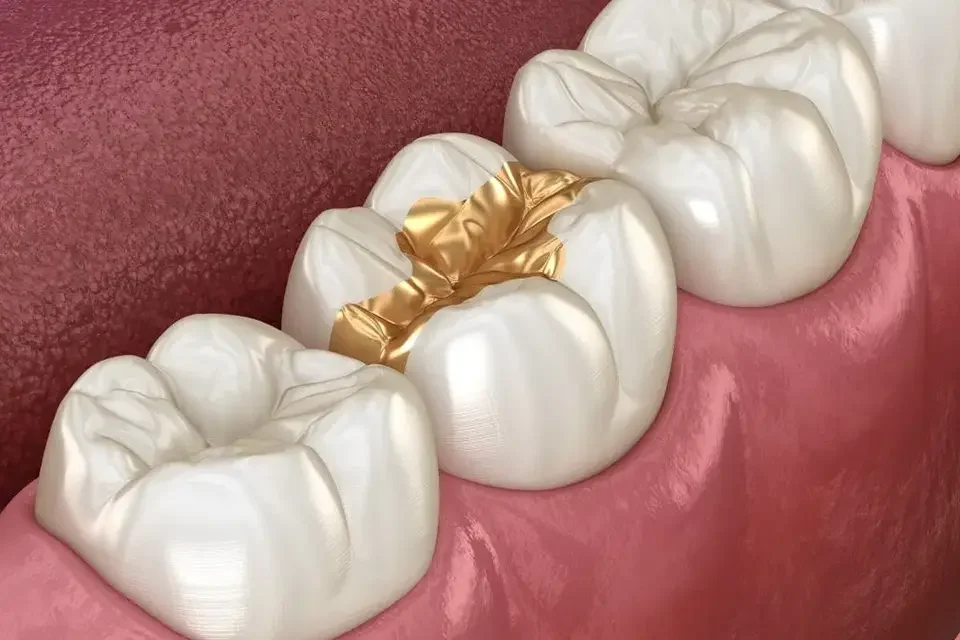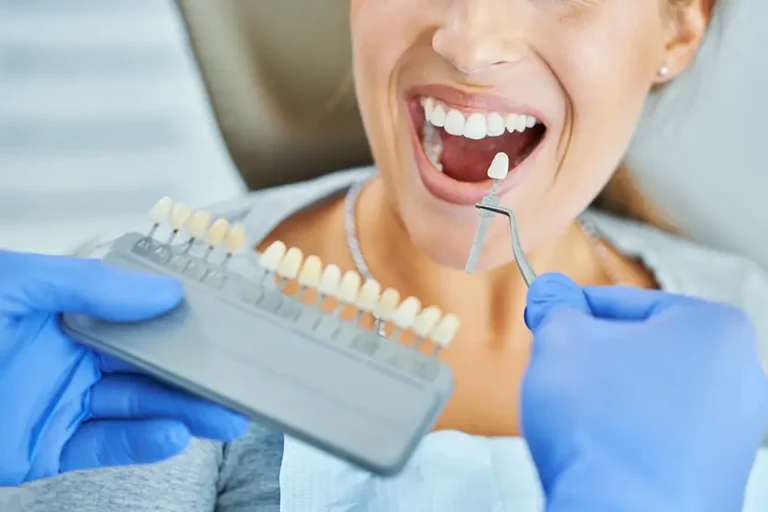Dental fillings are one of the most common and effective ways to restore damaged teeth and maintain good oral health. They protect teeth from further decay, ensure proper chewing function, and can even improve the appearance of your smile. However, deciding on the best material for dental fillings can be challenging with so many options available. Understanding the options can make a big difference if you’re considering dental fillings in Toronto.
Why Dental Filling Material Matters
Choosing the best material for dental fillings is critical for the filling’s longevity and how well it meets your needs. When choosing a filling material, consider factors such as cost, durability, and appearance. Here, we will explore some of the most popular materials used in dental fillings today, along with the pros and cons of each, to help you make an informed decision.
Also Read: Signs You Need A Dental Filling: Recognizing Tooth Decay
Types of Dental Filling Materials
Amalgam Fillings
Amalgam, a dental filling material used for over a century, is well-known for its durability and strength. It is a silver, mercury, tin, and copper metal mixture. Amalgam fillings are highly durable and reasonably priced. However, their metallic colour makes them more conspicuous than other types and unsuitable for visible areas.
Composite Resin Fillings
Composite resins are popular because they can match the colour of natural teeth. These fillings are constructed of a combination of plastic and fine glass particles. They bond directly to the tooth, offering excellent support and resistance to fracture. Composite fillings are ideal for front teeth or exposed areas of the teeth. However, they may wear out faster than amalgam fillings due to chewing pressure.
Ceramic Fillings
Ceramic fillings, generally made of porcelain, are long-lasting and visually beautiful. They are stain and abrasion-resistant, making them a popular choice for visible areas. However, they can be highly abrasive to opposing teeth if not correctly polished. Ceramic fillings are more expensive than composite resin, but they provide a better colour match and the same lifespan as gold fillings.

Gold fillings
Gold filling, a dental filling material made of a gold alloy, stands out for its outstanding durability and strength. Gum tissues can tolerate them well and can last more than 20 years. However, due to their noticeable colour and considerable cost, they are a less popular option for visible teeth.
How to Choose the Best Material for Dental Fillings
Choosing the best material for dental fillings depends on several factors, including:
- Location of the Filling: Tooth-colored fillings like composite or ceramic are usually preferable for teeth that are visible when you smile. For molars, where durability is more critical, amalgam or gold fillings may be a better option.
- Cost: The cost of each material varies, with composite and amalgam being more cost-effective options, while gold and ceramic are more expensive. Consider your budget and insurance coverage before making a decision.
- Durability Needs: For long-lasting fillings that can withstand heavy use, amalgam or gold fillings are often recommended. Ceramic fillings are an excellent option for those who want a more natural appearance but still need durability.
- Aesthetic Preferences: Composite or ceramic are likely your best options if you want a filling that blends in with your natural teeth. However, amalgam or gold may be better if durability is more important than appearance.
Conclusion: What's the Best Material for Dental Fillings?
When deciding on the best material for dental fillings, it’s critical to consider your personal needs and dental health. While composite fillings are best for visible teeth, amalgam, gold, and ceramic are highly durable for molars or back teeth. Consulting with your dentist at Dental Land in Summerhill, Ontario, can help you decide which material is best for your dental needs, budget, and aesthetic preferences. Dental professionals can also advise you on maintaining your fillings to be effective and long-lasting.
Choosing the right filling is an investment in your dental health and overall well-being, so seek expert advice to make an informed choice.


